#smart city
Text

this morning, 07:19
157 notes
·
View notes
Text


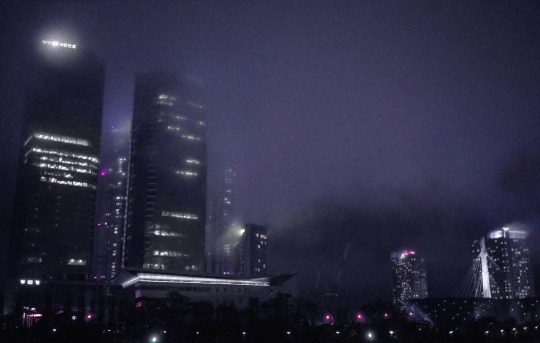

Songdo of Incheon, South Korea

📸 ɪɢ: ꜱᴛᴇᴠᴇʀᴏᴇ_
#liminal#liminal spaces#the backrooms#abandonedcore#fever dream#my edit#dreamcore#derealization#blade runner#cyberpunk#cyber city#cybercore#cyber aesthetic#south korea#smart city
146 notes
·
View notes
Text
Biden on Blue Roof in Texas
https://x.com/3Sandy7_/status/1763801955707863158?s=20
.




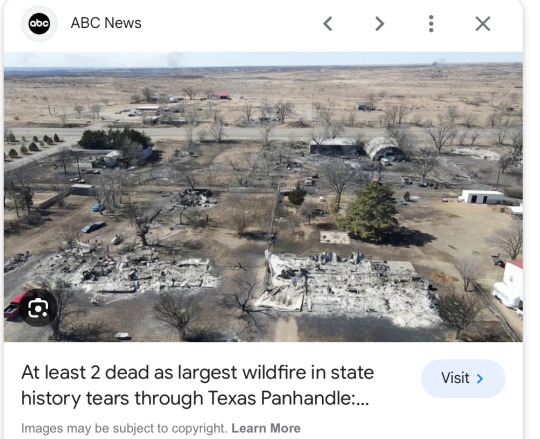


2 notes
·
View notes
Text

Read the full article
3 notes
·
View notes
Text
Bright Future: The Growing Market for Connected Streetlights
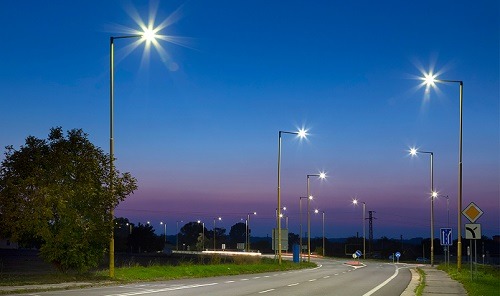
As cities across the world continue to grow, they are faced with new challenges in terms of managing infrastructure and ensuring the safety and security of their citizens. One area that has seen significant innovation in recent years is the realm of street lighting, which has undergone a transformation with the introduction of connected streetlights.
Connected streetlights are a type of smart streetlight system that utilizes internet of things (IoT) technology to create a network of intelligent and interconnected lighting fixtures. These streetlights are equipped with sensors, cameras, and other advanced technologies that allow them to monitor and respond to changes in their environment in real time.
Connected streetlights Market size was valued at $1.3 billion in 2020 and it is estimated to grow at a CAGR of 14.82% during 2021-2026. The growth is mainly attributed to the high penetration of internet of things (IoT), constant innovation in mobile networks along with wireless technology, increasing demand for efficient advanced lighting solutions across industries and awareness regarding energy conservation.
One of the key benefits of connected streetlights is their ability to improve public safety. With sensors that can detect motion, sound, and other indicators of potentially dangerous situations, these streetlights can automatically adjust their lighting levels and even alert authorities if necessary. For example, if a group of people are loitering in a poorly lit area, the streetlights can increase their brightness to discourage criminal activity and notify law enforcement of the situation.
Key Takeaways
Hardware held the highest market share in 2020 and is anticipated to witness significant amount of growth, owing to increasing awareness regarding environmental issues and growing adoption of LED streetlights.
Public & Government sector is analysed to witness the fastest growth between 2021-2026. Rising requirement for cost effective, energy efficient lighting technology and smart city project initiatives are the key factors behind the growth.
North America held the major market share in 2020 and is anticipated to witness significant growth during forecast period, owing to the early adoption of this technology, rising investments in smart city projects and the presence of prominent market players.
Increasing smart city investment and penetration of wireless technology works as a growth driver for this market during 2021-2026.
Connected streetlights Market Landscape
Technology launches, Acquisitions,Collaboration, and R&D activities are key strategies adopted by players in the connected streetlights Industry Outlook. Connected streetlights top 10 companies includes General Electric, Koninklijke Philips N.V, Telensa Holdings Ltd., Echelon Corporation, Osram Licht AG, Signify Holding B.V., Cisco Systems, Inc.,Trilliant holdings Inc., AxiomTek Co., Ltd., Cree Inc. and others.
2 notes
·
View notes
Text
Unrealized Utopia

As the world's population continues to grow, so too do the number of people living in urban areas. This has led to a renewed focus on the development of cities and the ways in which they can be made more livable and sustainable. One of the key ways in which this is being achieved is through the integration of new technology, specifically the concept of "smart cities."
A lot of my inspiration comes from the movie Blade runner 2049 directed by Denis Villeneuve but also comes from the way my mind illustrates a safe but fun home I could call . A smart city is an urban area that uses a variety of sensors, data analytics, and other technologies to improve the quality of life for its inhabitants. This can include everything from reducing traffic congestion and pollution to improving public safety and healthcare.
One of the most important elements of a smart city is the use of sensors. These can be placed throughout the city to gather data on everything from air and water quality to the number of people using public transportation. This data can then be analyzed to identify patterns and trends, which can be used to make more informed decisions about how to improve the city.
Another important technology in smart cities is the use of communication networks. Smart cities rely on networks to connect all the different systems and devices that make up the city. This can include everything from traffic lights and streetlights to public transportation and emergency services. By connecting all of these systems, city officials can better coordinate and control them, resulting in a more efficient and livable city.
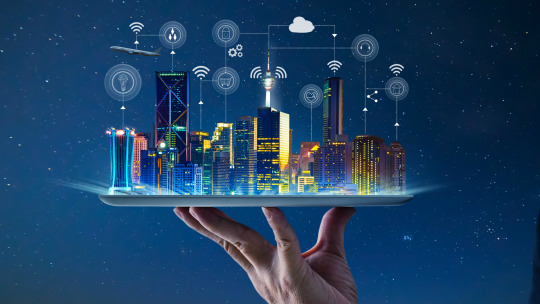
Virtual and augmented reality technologies can play an important role in the development of smart cities. They can be used to create detailed digital models of cities, which can be used to simulate and test different design and planning scenarios. This can help city officials to make more informed decisions about how to improve the city.

One of the most promising area of smart cities is use of Artificial Intelligence. AI can be used to analyze large amounts of data, predict future trends, and make automated decisions. This can include everything from predicting traffic congestion to detecting potential crime hotspots. By using AI, cities can be made more efficient and responsive to the needs of their inhabitants.
The integration of new technology is a crucial aspect of developing smart cities. There are a variety of technologies that are being used to make cities more livable and sustainable, and some of the most promising include:
Internet of Things (IoT) devices: IoT devices, such as sensors and cameras, are used to gather data on everything from traffic patterns to air and water quality. This data can then be analyzed to identify patterns and trends, which can be used to make more informed decisions about how to improve the city.
Autonomous vehicles: Autonomous vehicles, such as self-driving cars and drones, have the potential to greatly improve transportation in cities. They can reduce traffic congestion, improve public safety, and reduce pollution.
Artificial Intelligence and Machine Learning: AI and ML can be used to analyze large amounts of data, predict future trends, and make automated decisions. This can include everything from predicting traffic congestion to detecting potential crime hotspots. By using AI, cities can be made more efficient and responsive to the needs of their inhabitants.
Blockchain technology : Blockchain technology can help to improve transparency, security, and efficiency in a wide range of city services, including transportation, public utilities, and public records.
Virtual and Augmented Reality: Virtual and augmented reality technologies can be used to create detailed digital models of cities, which can be used to simulate and test different design and planning scenarios. This can help city officials to make more informed decisions about how to improve the city.
NFC technology has the potential to revolutionize the way people travel by making the process of crossing international borders more efficient and secure. By using NFC passports, travelers can experience a more streamlined and convenient travel experience, while border control officials can more easily verify the identity and passport information of travelers.
These are just a few examples of the many new technologies that are being used to develop smart cities. As technology continues to evolve, it is likely that even more innovative solutions will be developed to address the unique challenges facing cities today.
Overall, the development of smart cities is an ongoing process. It requires collaboration between city officials, businesses, and residents, as well as the use of new technologies such as sensors, data analytics, and communication networks. By working together, we can create cities that are more livable, sustainable, and responsive to the needs of their inhabitants.
2 notes
·
View notes
Text
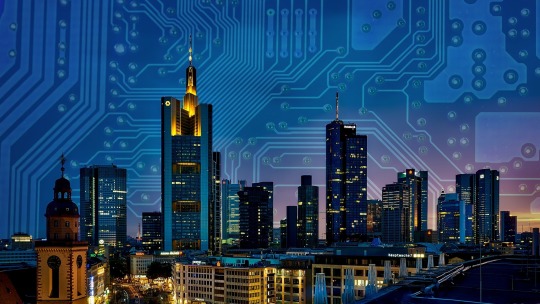
The Smart City
In the city so bright and so smart,
Technology and data play their part.
Improving the lives of all who reside,
From the way we work,
to the way we abide.
Smart infrastructure connects us all,
Making our lives easier, no more stress or gall.
Sustainability is key to our goals,
Protecting the planet for future generations to behold.
Public services are enhanced and improved,
Thanks to the use of technology, no longer removed.
Traffic flows smoothly, air is clean,
The smart city is a place where all are serene.
Economic development is promoted with care,
Attracting businesses and entrepreneurs,
prosperity to share.
The smart city is a hub of innovation and growth,
A place where all can achieve and accomplish.
Partnerships between all sectors unite,
To bring about progress, and a future that's bright.
The smart city, a beacon of hope,
A place where everyone can learn, grow, and cope.
So let us embrace the future and all it can bring,
In the smart city, a better life for everyone is within reach.
2 notes
·
View notes
Photo
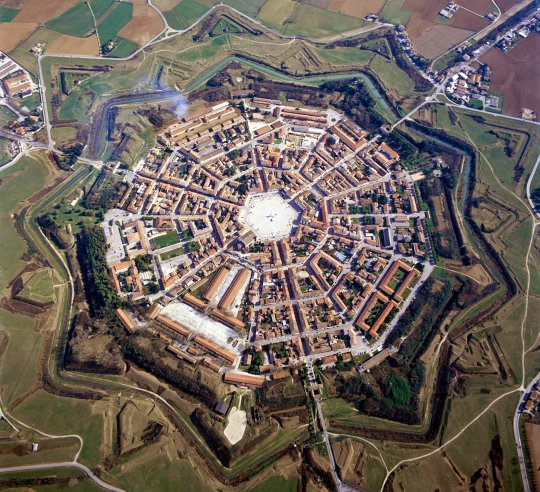
Palmanova, the killing example of a Renaissance ideal city. Built by the Venetian Republic in the 16th century following the ‘star fort’ plan, forming a nine-pointed star with concentric roads, defended by a fosse and barricades.
5 notes
·
View notes
Text
#Yttgroup#lifeandjoy#3bhk#luxury#apartments#pintailparkcity#sultanpurroad#lucknow#property developers#real estate#yttgroup#luxuryapartments#luxuryhomes#pintalparkcity#smart city
3 notes
·
View notes
Text
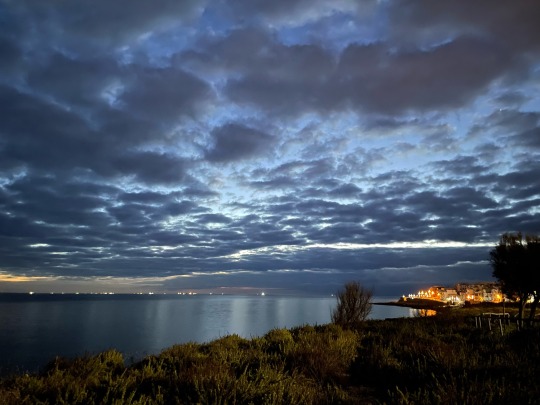
30 Aralık 2023, saat 06:30
gökyüzü kendini gündoğumuna hazırlarken.
127 notes
·
View notes
Photo

3 DAYS TO #SGNOG9
A paradigm shift in configuring your network!
Learn about it and more at SGNOG9 on 16 Sep 2022.
Facebook | Twitter | Instagram
#SGNOG9#SGNOG#singapore network operators' group#SGNOG 2022#NOG#CONFERENCE#INTERNET#NETWORK#TELECOMMUNICATIONS#IOT#SINGAPORE#Smart City#Visit Singapore#Uniquely Singapore#raffles city convention centre
2 notes
·
View notes
Text

MAUI the 'SMART CITY' - MAUI residents SPEAK OUT at COUNCIL MEETING.
One lady asked "where is your heart"? Well, those people were chosen for their positions BECAUSE they lack heart or empathy.
All the current chosen (selected, not elected) politicians and council leaders worldwide lack empathy, which makes them perfect tools for the globalist.
32 notes
·
View notes
Text
7 Practical Steps How Smart Cities Can Implement Effective Air Quality Monitoring
In smart cities, ensuring clean air is essential for public health and environmental sustainability. Implementing effective air quality monitoring systems is crucial to identify and address sources of pollution. This guide outlines practical steps to empower communities and improve air quality in smart cities.
Step 1: Engage Communities
Begin by engaging communities in the monitoring process. Educate residents about the importance of air quality and how monitoring can empower them to take action. Encourage participation in monitoring efforts to foster a sense of ownership and responsibility.
Step 2: Deploy Accessible Sensors
Deploy accessible air quality sensors throughout the city to enable real-time monitoring. Choose sensors that are cost-effective and user-friendly, allowing residents to easily access and interpret the data. Place sensors strategically in areas prone to pollution, such as near busy roads or industrial zones.
Step 3: Utilize Data Visualization Tools
Utilize user-friendly data visualization tools to transform raw data into actionable insights. Provide policymakers and city planners with easy-to-understand visualizations that highlight areas of concern and potential interventions. Use these tools to make evidence-based decisions to improve air quality.
Step 4: Install Air Purification Systems
Integrate the installation of air purification systems into city infrastructure, particularly in areas with high pollution levels. These systems can help reduce pollutants in the air and improve overall air quality. Collaborate with relevant stakeholders to identify suitable locations and implement effective solutions.
Step 5: Foster Collaborative Partnerships
Forge partnerships between governments, municipalities, academia, and community organizations to enhance monitoring efforts. Pool resources and expertise to improve monitoring accuracy and drive collective action. Collaborate on education campaigns to raise awareness and encourage community involvement.
Step 6: Educate and Empower
Educate residents about the health impacts of air pollution and how they can make a difference. Empower citizens to advocate for change by providing them with the knowledge and tools to monitor air quality in their neighborhoods. Encourage ongoing engagement and participation in monitoring initiatives.
Step 7: Address Challenges and Plan for the Future
Address challenges such as data accuracy and privacy to ensure the reliability of monitoring efforts. Plan for the future by expanding monitoring initiatives and sustaining community engagement. Continuously evaluate and adapt strategies to achieve lasting improvements in air quality.
Conclusion:
By following these practical steps, smart cities can implement effective air quality monitoring systems and empower communities to take action. By engaging residents, utilizing technology, and fostering collaboration, cities can create cleaner and healthier environments for all.
0 notes
Text

#technology#art#digitalart#renewable energy#ai#aiart#solar panels#sustainability#wind turbines#smart city
0 notes
Text
"Rueda de Prensa: La Revista Miradas Celebra el Impacto de la Universidad del Magdalena en el Desarrollo Regional"
¡Atención a todos los amantes de la innovación y el progreso! Este jueves 18 de abril, a las 10 a.m., el Teatro Santa Marta se convertirá en el epicentro de la inspiración y la transformación. La Revista Miradas se enorgullece en presentar una rueda de prensa única, donde brillarán dos nombres destacados: Nena Botero y Jaime Díaz.
En este emocionante evento, se destacará el prestigioso premio LATAM a la innovación, otorgado al proyecto "La Universidad de la Felicidad", liderado por el PhD Samuel Prieto Mejía. Esta iniciativa, respaldada por la Universidad del Magdalena, se enmarca dentro de los esfuerzos de la universidad por promover los festivales como factor de desarrollo regional.
Bajo el liderazgo del distinguido rector, Pablo Vera Salazar, la universidad ha sido un motor incansable de cambio positivo, buscando transformar la región a través del conocimiento y la innovación y contribuir a una región inteligente.
Este evento es una oportunidad para explorar cómo la educación superior puede impulsar el desarrollo sostenible y la prosperidad en el Magdalena y más allá.
¡Participa en esta rueda de prensa donde la innovación, la educación y el compromiso se unen para construir un futuro brillante para el Magdalena! No te pierdas la oportunidad de ser parte de esta historia transformadora.
Detalles del Evento:
Fecha: Jueves, 18 de abril
Hora: 10:00 a.m.
Lugar: Teatro Santa Marta
Presentadores: Nena Botero y Jaime Díaz
Evento organizado por: Revista Miradas
¡Prepárate para ser testigo de un momento histórico en el Magdalena! ¡Te esperamos en la rueda de prensa del año!
0 notes